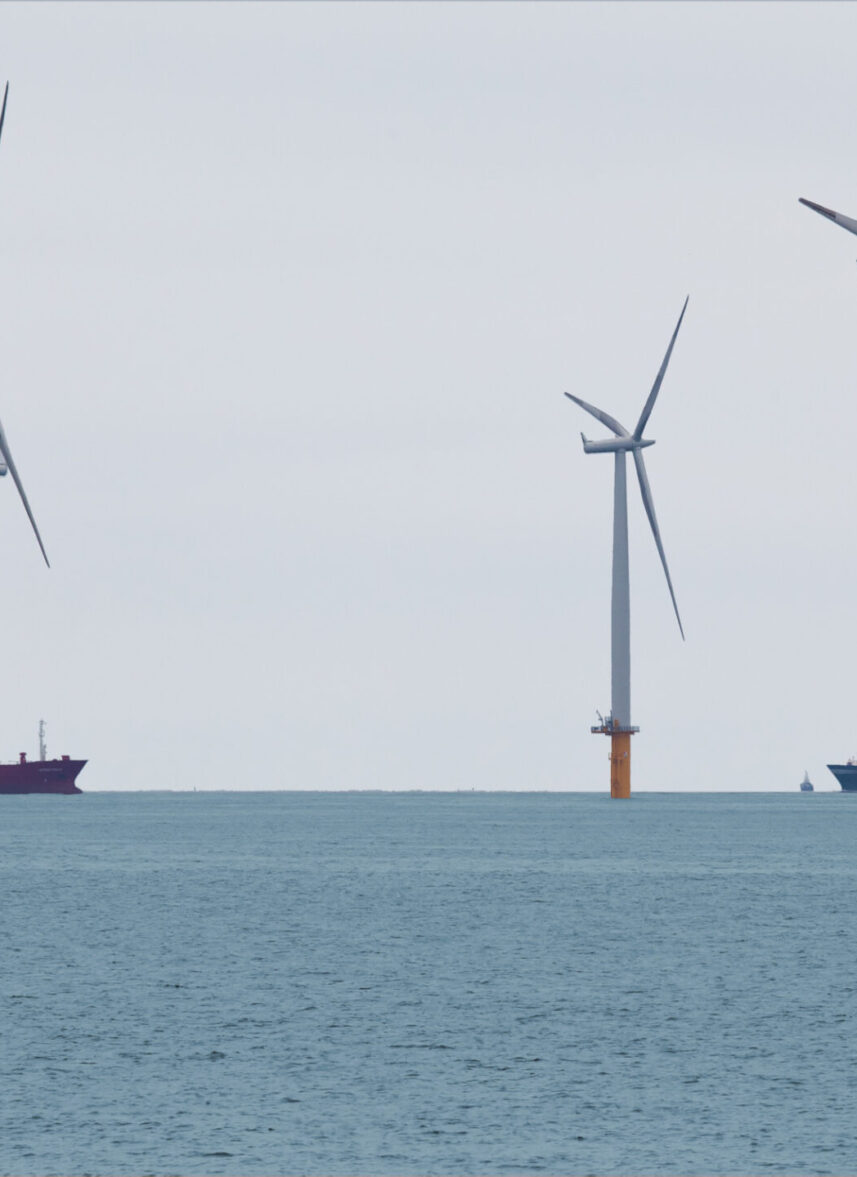Enabling sustainable shipping

The maritime industry consists of a wide variety of actors, both commercial and governmental, working together to keep the world’s logistics flowing. Each of these organisations, which include ship owners, shipping agents, coast guards, authorities, service providers, ports and terminals, have a responsibility for the logistics flow, but also for minimising their environmental footprint when operating.
For the maritime industry, which is currently going through some disruptive times, the pressure is on to act responsibly and sustainably. Shareholders, governments and industry organisations such as IMO are calling for actions to reduce the carbon footprint of ships, ports and terminals and to devise guidelines and legislation to move the industry in the right direction. Initiatives such as the mandatory use of low-sulphur fuels, support for alternative fuels such as LNG, various approaches to fuel efficiency such as Just-In-Time (JIT) services, and even full decarbonisation of maritime transport are all actions that the industry is taking in response to these calls.
Cleaner operations through digitisation
Nowadays there is a sharp focus on CO2 emissions. This makes sense, as upcoming legislation, especially in the EU, forces ship owners and ports to substantially reduce carbon emissions. In the long term, climate change will require ports to heavily invest in infrastructure to safeguard the port and its surroundings from adverse weather conditions. Avoiding such a scenario is therefore certainly in their own best interests.
But carbon dioxide is not the only product that is emitted by ships, pilot boats, tugboats, container handling equipment and trucks. Substances such as NOx, N2O, SOx – and even heavy metals – are released into the air during shipping operations. Many of these substances have a severe impact on nature, wildlife and human health. Considering that most ports are near to or actually located in densely populated areas, it is understandable that reducing the emission of these substances is a topic many actors in the shipping industry are worried about.
Building on years of experience
It is no surprise that ships’ exhaust gases are not the cleanest on earth. Over 15 years ago, we implemented an emission-monitoring tool in our Port Management System. This first version allows port authorities to calculate ship’s emissions, based on ship size, load, engine type, speed, etc. In the future, at Tidalis we will take this functionality further and provide harbour masters and their staff with calculated real-time information on emissions of ships near to and inside their port so that they can include environmental impact as a parameter when taking better planning decisions.
Also, in the short term, our Port Management System can help to reduce the environmental footprint of ports. By reducing the use of paper, avoiding unnecessary vessel launches, workforce and equipment movements, and avoiding engine idling times, ports can significantly reduce their impact on the environment. The great thing about this approach is that it also reduces operational costs and improves customer satisfaction.
Our solutions contribute strongly to the industry’s environmental objectives by planning, aligning stakeholders and actively monitoring maritime and cargo handling operations. Our systems for port management, terminal management, vessel traffic services and coastal surveillance allow the various actors involved to better coordinate their activities and hence contribute to a more sustainable shipping industry.
Communication and data sharing are key
In an ideal world, perfect planning would allow you to use available resources in an optimal way. Therefore, good planning is a prerequisite for optimising your operations. However, planning can only be performed if you have sufficient reliable data at your disposal. This data can include reliable vessel schedules, availability of resources, shipping manifests, weather information, etc. On the one hand, our PortControl system helps ports make elaborate optimal plans that include a multitude of actors. TerminalControl, on the other hand, helps terminal operators plan their activities, ensuring optimal use of their estate, labour and equipment. The “Fairway to Freeway” concept, which was originally conceived by Tidalis, has these systems connect with each other to create a single flow of data.
Another integration example is the combination of our PortControl Port Management Information System (PMIS) with our MaritimeControl Vessel Traffic Services (VTS) system. The PMIS can take advantage of the validated real-time vessel movement data of the VTS to update ETA calculations, while the VTS can use the extensive vessel properties information stored in the PMIS to calculate CO2 and other emissions.
On the landside, the interaction between TerminalControl and Port Management and Vehicle Booking Systems will help terminal operators optimise berth and yard planning. This enables timely discharging and loading of vessels, as well as efficient use of workforce and equipment on the terminal. Trucking companies benefit by losing less time at the gate and terminal and thus minimise engine idling times.
New technologies, including AI, are already helping the further achievement of environmental goals. Until ships, trucks and handling equipment can all run without using fossil fuels, data and real-time data sharing are the only tools available to reduce the environmental footprint of the shipping industry. At Tidalis we provide a set of high-value products that enable ports and terminals not only in monitoring but also in actively controlling the impact of their activities on the environment. This is how we make a contribution to a sustainable future.
Helping you achieve your sustainability goals
No matter what the size of your operation is, we can provide you with professional solutions to get the most out of your maritime operations and make sustainability part of the equation. Contact us for more information or visit our maritime solutions page.

